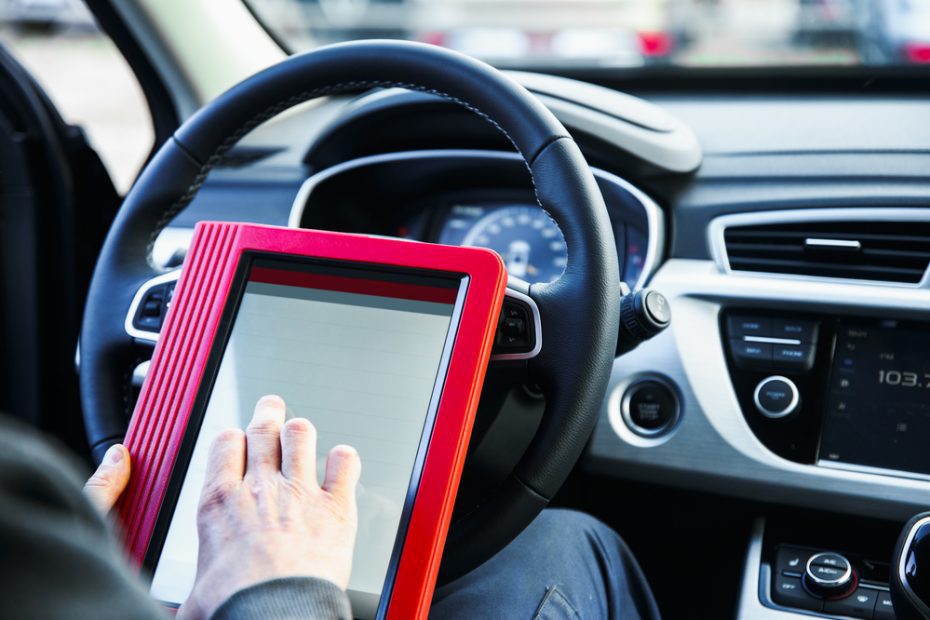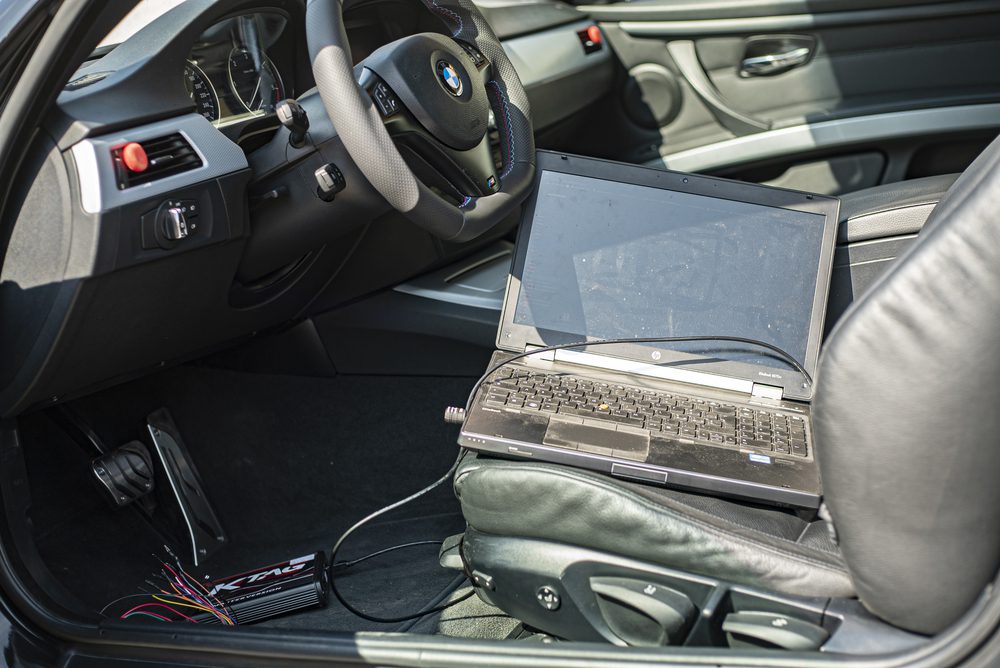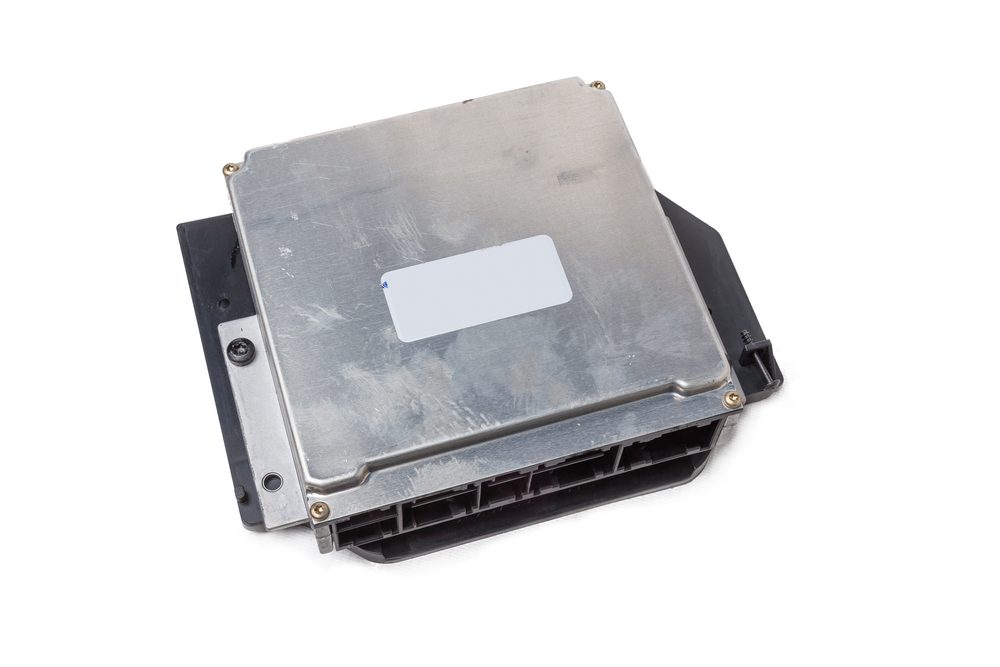Can a car ECU be hacked?
Introduction
In recent years, as technology continues to advance at an unprecedented pace, concerns about cybersecurity have become more prevalent than ever. While the focus has mainly been on computers, smartphones, and other connected devices, there is another area of vulnerability that is often overlooked – automotive electronics. One particular component that has raised concerns is the Engine Control Unit (ECU). But can a car’s ECU really be hacked? In this article, we will explore this question in detail.
The Role of the ECU
The Engine Control Unit (ECU) is essentially the brain of a modern-day vehicle. It is responsible for controlling various aspects of the engine’s performance, such as fuel injection, ignition timing, and emission control. The ECU collects data from sensors placed throughout the vehicle and makes real-time adjustments to optimize the engine’s operation.
Potential Vulnerabilities
While the ECU plays a crucial role in a vehicle’s performance, it is not immune to security threats. The increasing connectivity of cars, through technologies such as Bluetooth and internet connectivity, has opened up new avenues for potential hackers. Experts have demonstrated that it is indeed possible to hack into a car’s ECU and gain control over its functions.
The Methodology of ECU Hacking
There are several methods through which hackers can exploit vulnerabilities within a car’s ECU. One common approach is to gain physical access to the vehicle and connect a malicious device to the ECU’s diagnostic port. This allows the hacker to bypass security measures and inject malicious code into the ECU’s software.
Another method involves exploiting vulnerabilities in wireless communication protocols used by vehicles. By intercepting and manipulating signals sent between different components of the vehicle, hackers can gain unauthorized access to the ECU. This method can be executed remotely, making it even more concerning.
The Consequences of ECU Hacking
The potential consequences of ECU hacking are far-reaching and can pose serious risks to both the driver and other road users. By gaining control over the ECU, hackers can manipulate critical functions of the vehicle, leading to dangerous situations. For example, they could disable the brakes, alter the steering system, or manipulate the speedometer readings.
Furthermore, ECU hacking can also result in unauthorized access to personal data stored within the vehicle’s systems. This information can be exploited for various purposes, including identity theft or unlawful surveillance.
Preventing ECU Hacking
Addressing the vulnerabilities associated with ECU hacking requires a collaborative effort from various stakeholders, including car manufacturers, cybersecurity experts, and regulatory bodies. Here are a few measures that can be taken to mitigate the risk:
- Secure Software Development: Car manufacturers should prioritize secure coding practices when developing ECU software. This includes regular testing for vulnerabilities and applying necessary security patches.
- Encryption and Authentication: Implementing robust encryption and authentication mechanisms can help prevent unauthorized access to the ECU’s software and communication channels.
- Physical Security: Manufacturers should ensure that physical access to the ECU is adequately protected. This includes securing diagnostic ports and employing tamper-proof designs.
- Cybersecurity Education: Drivers should be educated about potential cybersecurity risks and the importance of keeping their vehicles’ software up to date. Regular software updates provided by manufacturers often include security improvements.
- Regulatory Standards: Regulators can play a crucial role by implementing industry-wide cybersecurity standards and guidelines for automotive manufacturers.
Conclusion
As technology continues to evolve, so do the risks associated with cybersecurity. While it is indeed possible to hack into a car’s ECU, it is important to note that the risk can be mitigated through proactive measures. By implementing secure software development practices, utilizing encryption and authentication, prioritizing physical security, and educating drivers about cybersecurity risks, the automotive industry can work towards ensuring the safety and security of vehicles on the road. It is essential for all stakeholders to collaborate in order to stay one step ahead of potential hackers and maintain consumer trust in this rapidly advancing field.



